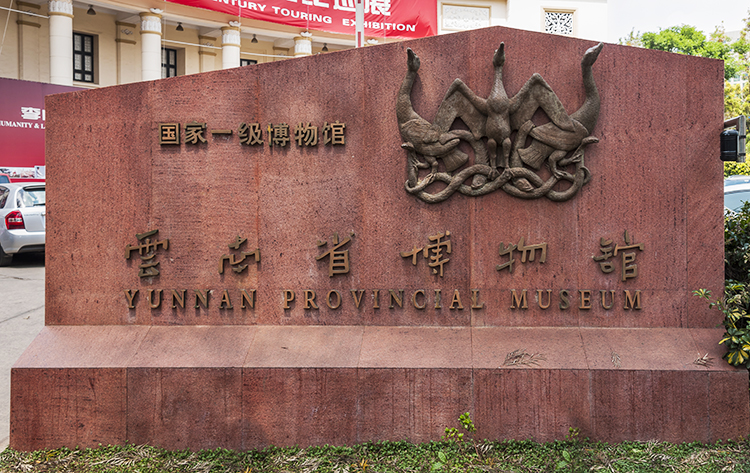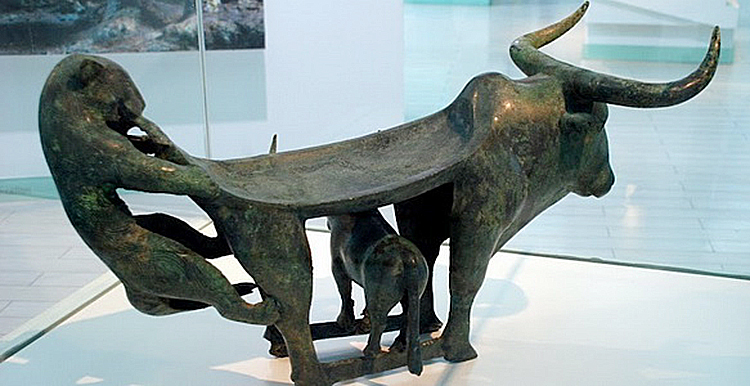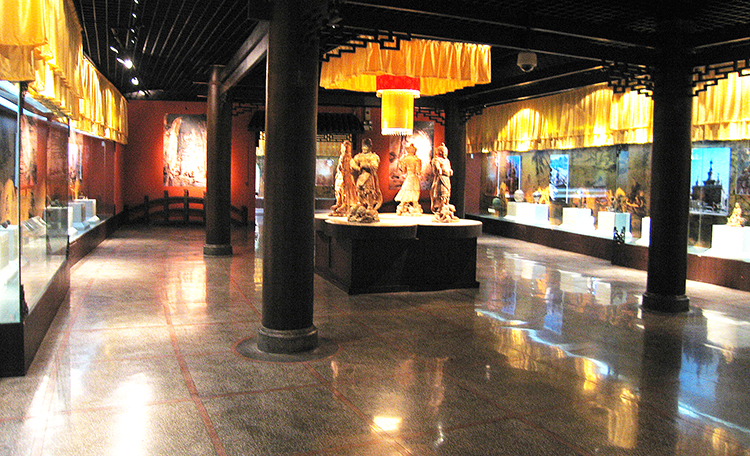Written by: Li Xianyao
Posted on: September 27, 2016 |  | 中文
| 中文
Yunnan Provincial Museum
The Yunnan Provincial Museum is a regional museum, with a collection of around 50,000 artifacts. Among these, historical objects account for around 30,000 items constituting 10,000 bronze items, 7,200 revolutionary items, 10,000 ethnic minorities’ cultural objects, and around 4,400 handicrafts. The Museum represents in particular the local nationalities, and features arts from the Nanzhao Dali Kingdom as well as other periods of Yunnan History.

The Yunnan Historical Objects Exhibition has strong regional characteristics, elements that distinguish the local cultures from the Central Plains Han-Chinese culture. Using a diversity of excavated objects, the exhibition displays the face of ancient Yunnan. Many of the objects in this exhibition have important scientific and artistic value, and provide material evidence of mankind’s social development.
Discoveries from the Yuanmou site in Yunnan are displayed in this exhibition. The fossilized remains of two early hominid teeth, dating from around 1.7 million years ago, were found at the site in 1965. This is the earliest hominid fossil found on the Asian continent to date, and provides extremely important scientific evidence in the research into man’s development from primates.

From the Warring States to the Western Han period, the various peoples of Yunnan were creating a distinctive bronze culture. Bronzes excavated at a place called Wanjiapo include the earliest bronze drums to be excavated in China. Some bronzes from this site have been exhibited in over ten countries around the world, among which are a cow-and-tiger patterned piece that is particularly lively and a cowry-shell container notable for its reflection of slave-society’s sacrificial practices. Various items reflect the close cultural interaction of Yunnan people with people of the motherland. These include an incense burner that is central-plains in character, a walking lamp, a bronze mirror, a bronze spear, Wuzhu coins, and so on. The seal of the King of the Dian Kingdom in particular testifies to the fact that Yunnan was already an indivisible part of China from some 2,000 years ago.

This exhibit displays the dress and ornamentation of some 22 national minorities living in Yunnan, including Dai, Bai, Naxi, Hani, Lahu, Jingpo, Blang, De’ang, Lisu, Pumi, Va, Nu, Drung, Achang, and Jino.
You may also like: